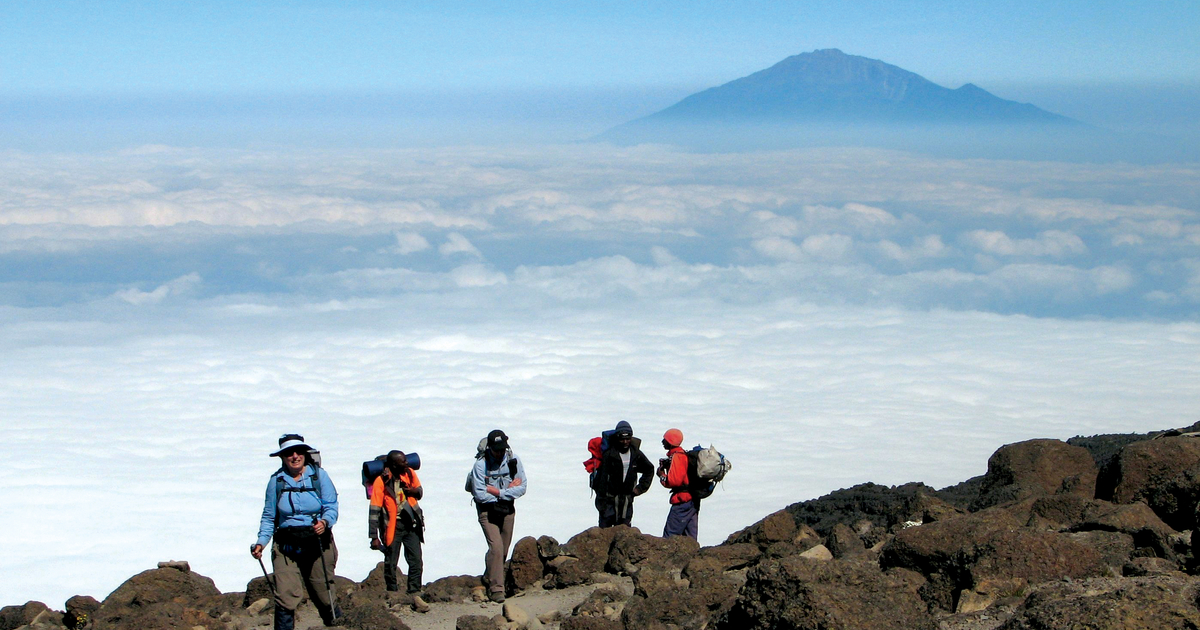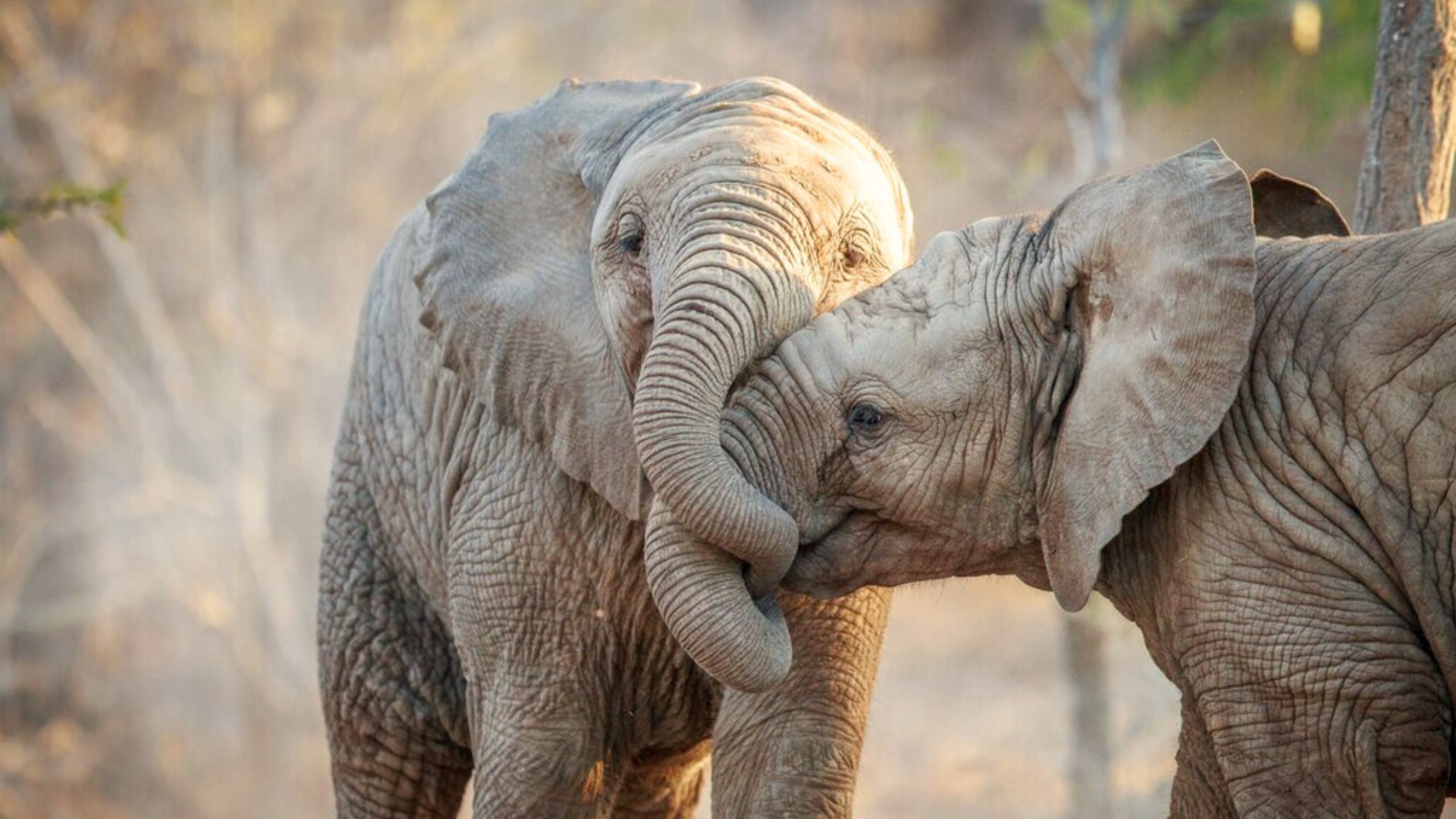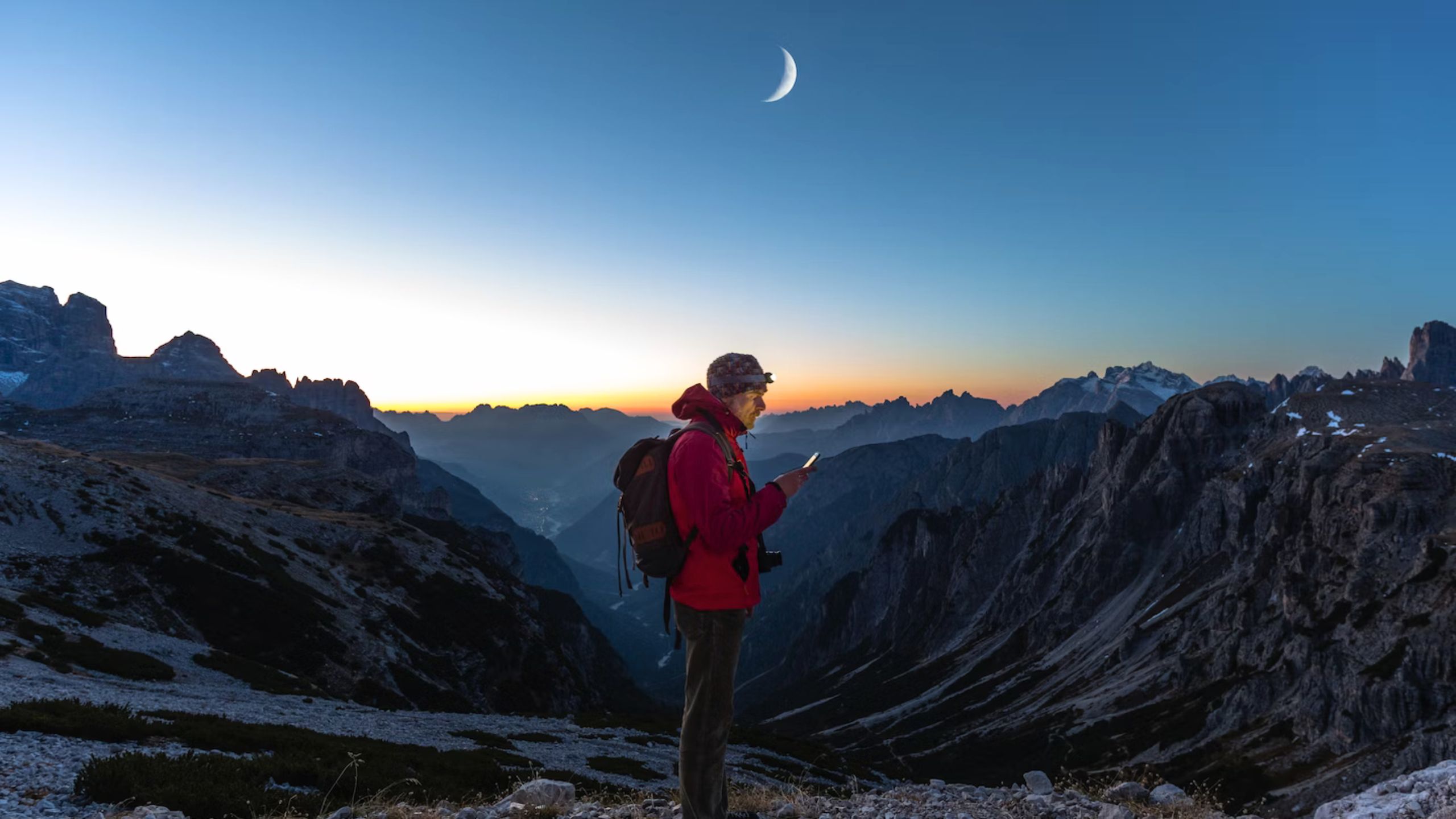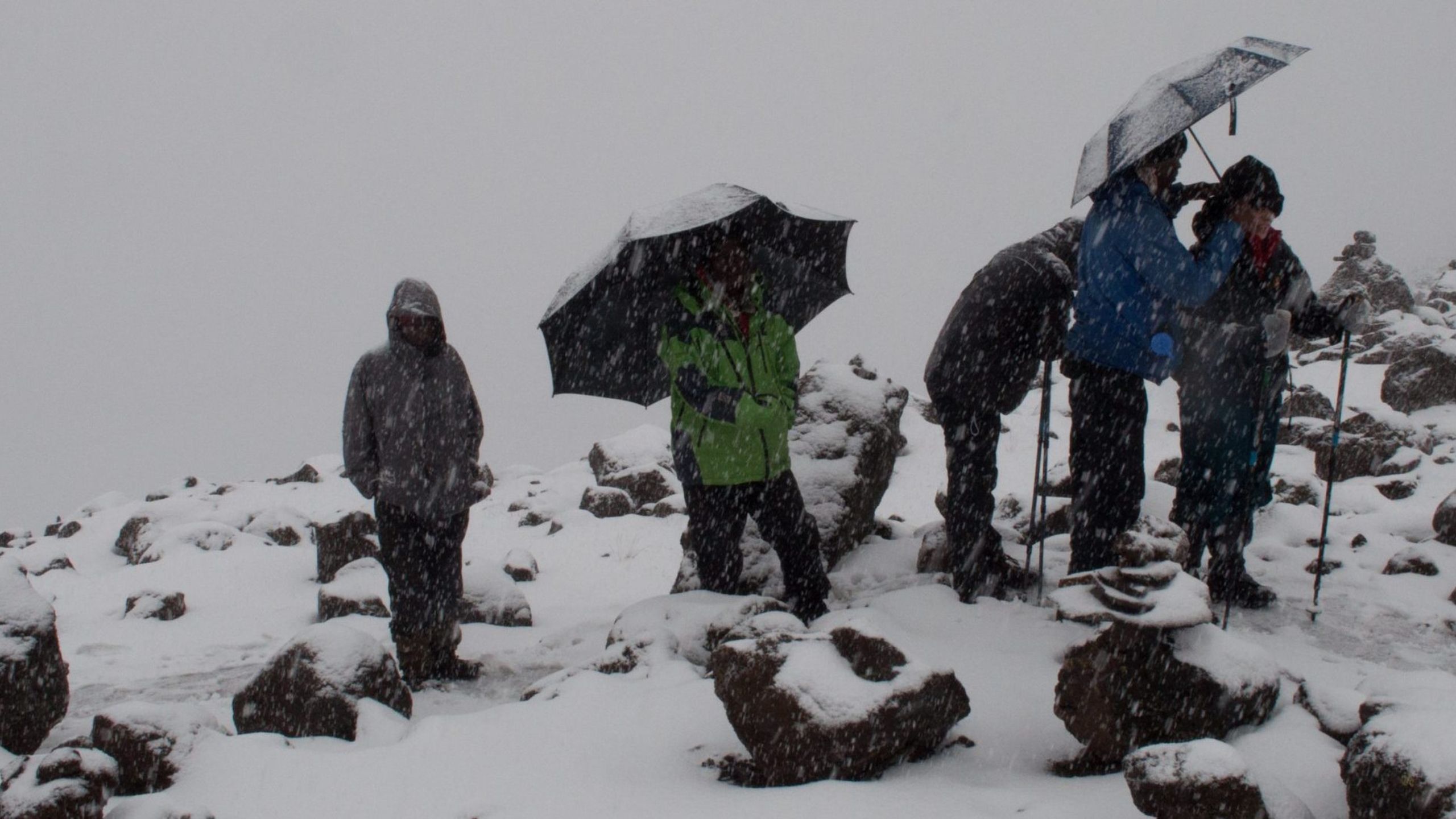Best Photographs Places on Mount Kilimanjaro – South Africa
Climbing Kilimanjaro is an adventure of a lifetime. Every year, thousands of visitors come to test their mettle on Africa’s highest peak.
Located in Tanzania, Mount Kilimanjaro is the tallest free-standing mountain in the world, meaning it is not part of a mountain range. And as one might expect, being here presents many opportunities for spectacular, jaw dropping photographs.
The 19,341 foot high mountain is a stratovolcano, made of ash, lava, and rock. It was formed 750,000 years ago by the eruption of three volcanic centers – Shira, Mawenzi and Kibo. Climbing Kilimanjaro takes climbers through five distinct ecological zones, each of which offers different scenic characteristics.
In this article, we will show you our picks for the 10 most photogenic places on Mount Kilimanjaro.
So grab your camera and let’s begin our visual journey.
1. Shira Plateau

The Shira cone expired about a half million years ago. It later collapsed on itself to form the Shira Plateau. The stretch of land spans 24 square miles, lying west of the summit at an elevation of 12,500 feet, or 3,800 meters.
2. Lava Tower
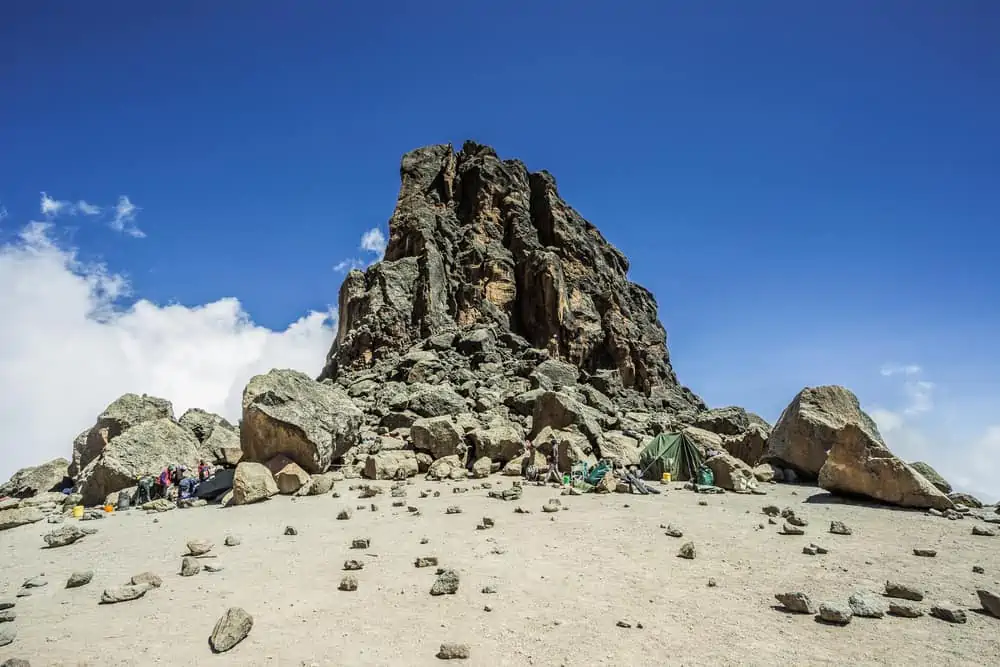
Lava Tower is a volcanic rock tower that was formed when lava shot out of a vent then cooled and hardened, stopping the flow of underground lava from reaching the surface. This is known as a volcanic plug.
The formation is 300 feet tall, creating a large, visible landmark on the trail. In the past, tourists were allowed to scramble to the top of the tower before park authorities deemed it too dangerous.
Climbers on the Shira Route, Lemosho Route, Machame Route and Northern Circuit Route will encounter Lava Tower.
3. Barranco Wall
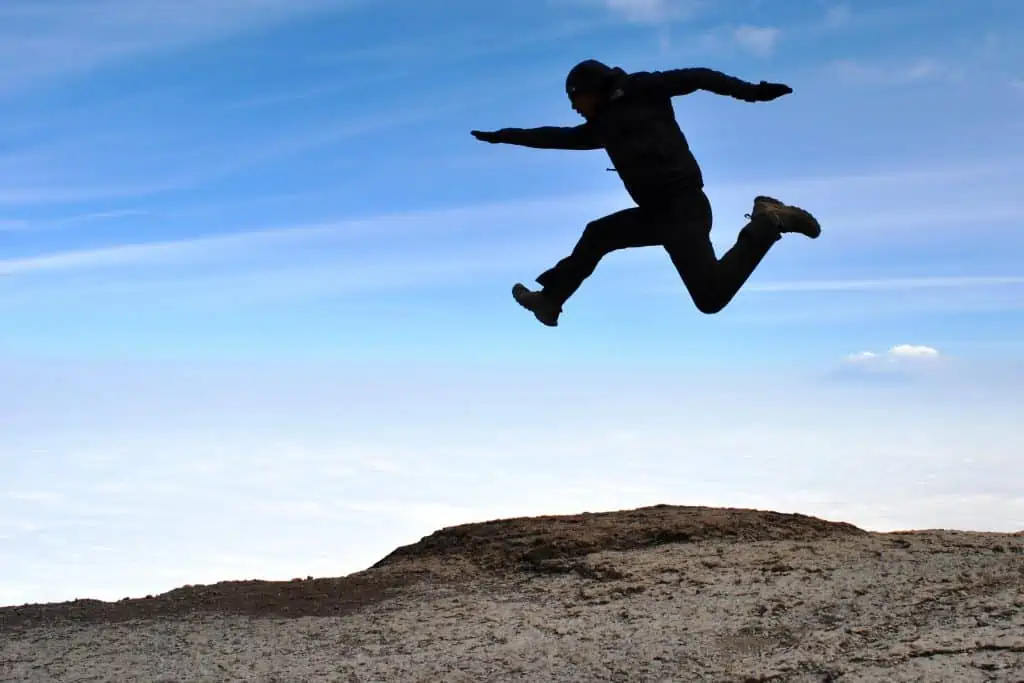
The Barranco Wall was created when part of Kibo’s crater rim collapsed, leaving this massive and intimidating structure. The wall rises 843 feet (257 meters) above the valley.
Many people get nervous when viewing this seemingly sheer cliff. However, navigating this rock is much easier and safer than it looks, and it’s actually one of the most fun sections of the climb.
The real photo opportunity is when you reach the top of Barranco Wall, against the backdrop of the blue sky and clouds.
Climbers on the Shira Route, Lemosho Route, Machame Route and Umbwe Route will scale the Barranco Wall.
4. The Saddle
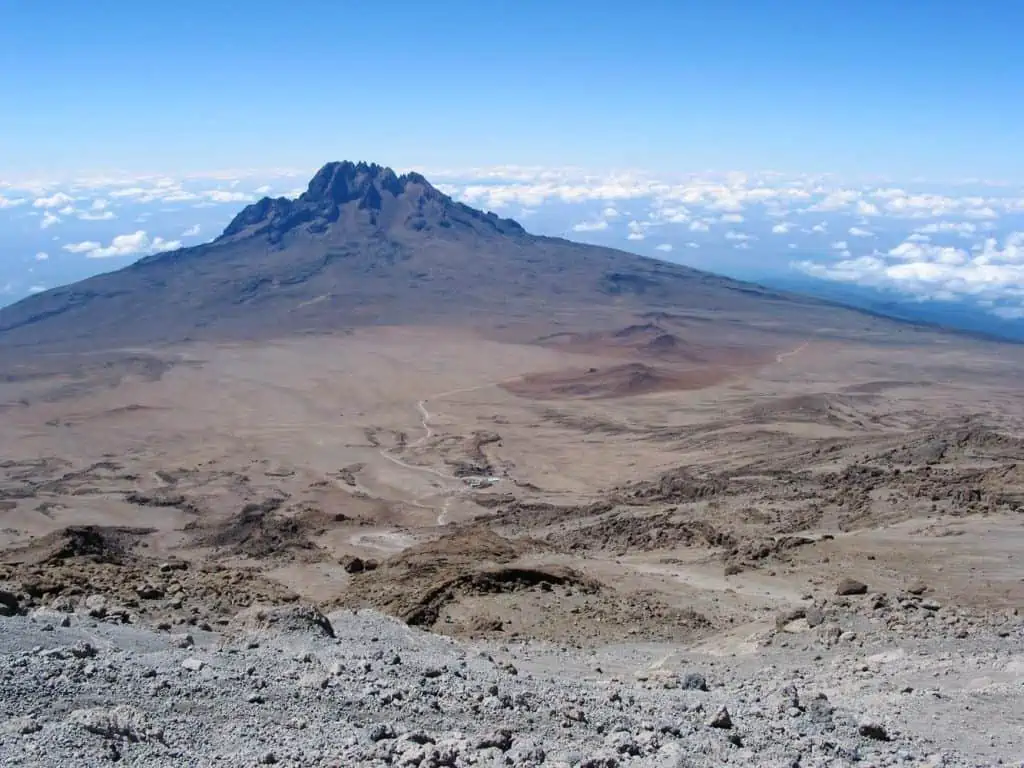
Between Kibo and Mawenzi lies a barren plain of alpine desert known as “The Saddle.” This area is about 14 square miles, making it the largest high altitude tundra in Africa. The views of Mount Mawenzi to the east and the views of Kibo to the west are both amazing.
Climbers on the Marangu Route and Rongai Route will cross the Saddle on the way to the summit.
5. Mawenzi Peak
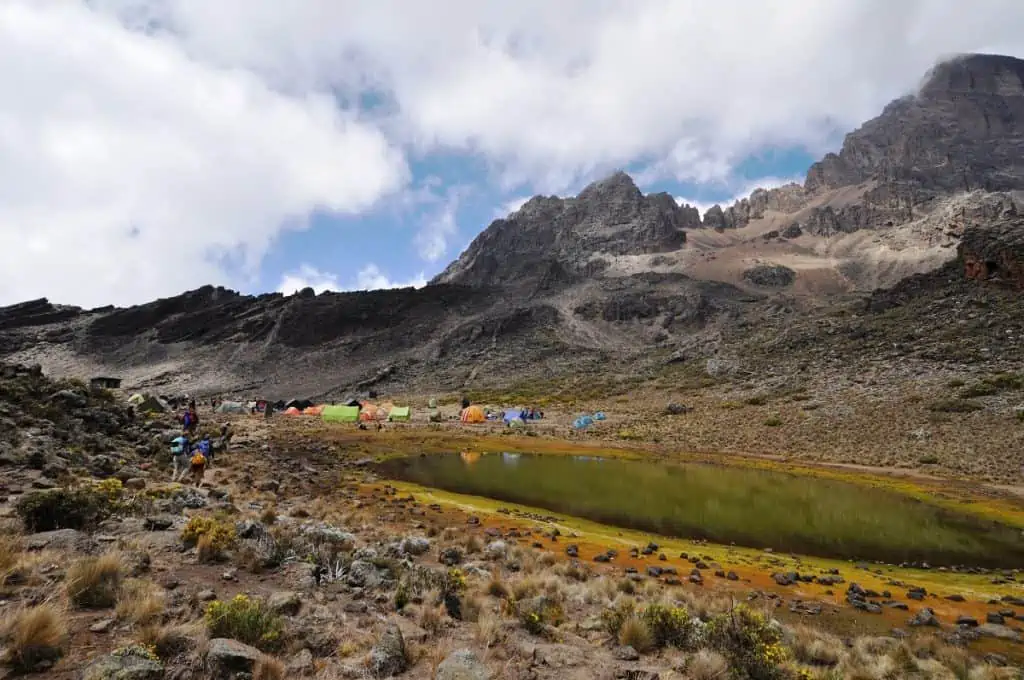
Mawenzi is the second highest peak on Mount Kilimanjaro. At a height of 16,893 feet or 5,149 meters, this area is made of a very steep terrain and loose rocks. It is unique in appearance due to its spiky and jagged top.
Because fatalities have occurred in the past, it was closed to mountaineers for a long time. But recently it has reopened for technical climbers willing to face the potential hazards.
Climbers on the Marangu Route and Rongai Route will have great views of Mawenzi from camp. However, Mawenzi is observable from all of Kilimanjaro’s routes.
6. Barranco Valley
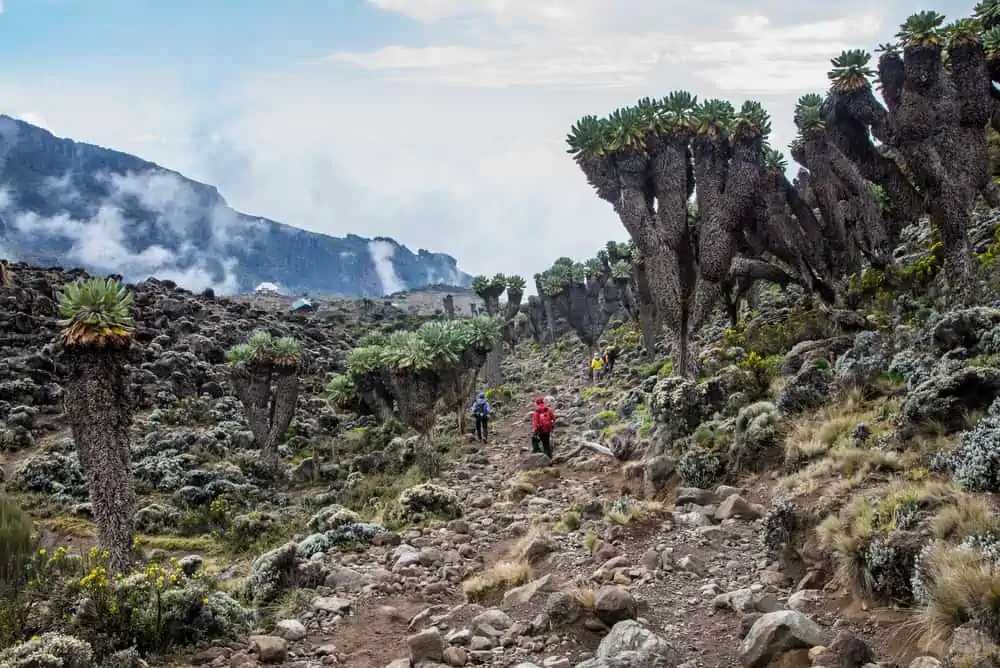
The Great Barranco Valley lies south of Kilimanjaro’s summit. The valley floor is a moorland environment dominated by a giant groundsel known as Dendrosenecio kilimanjari.
These unmistakable succulents, which look like they are from out of this world, are found only on Mount Kilimanjaro. Be sure to snap some photos in the Senecio forest shown above.
Climbers on the Shira Route, Lemosho Route, Machame Route and Umbwe Route will camp in Barranco Valley.
7. Southern Ice Field
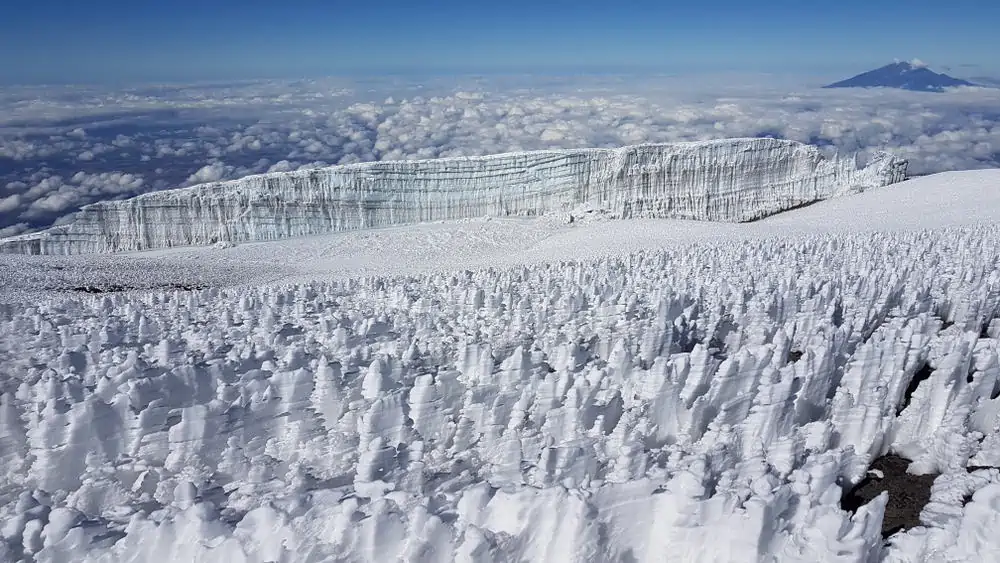
Despite being near the Equator, Kilimanjaro’s peak is crowned in ice. Its world-renowned glaciers have covered Africa’s highest peak for centuries, but are thinning dramatically in recent years. Make the effort to see them while they are still there.
All of Kilimanjaro’s routes will offer grand views of the Southern Ice Field as you approach the summit. Don’t forget to snap a pic with them before you descend – it will be well worth the effort!
8. Crater Camp
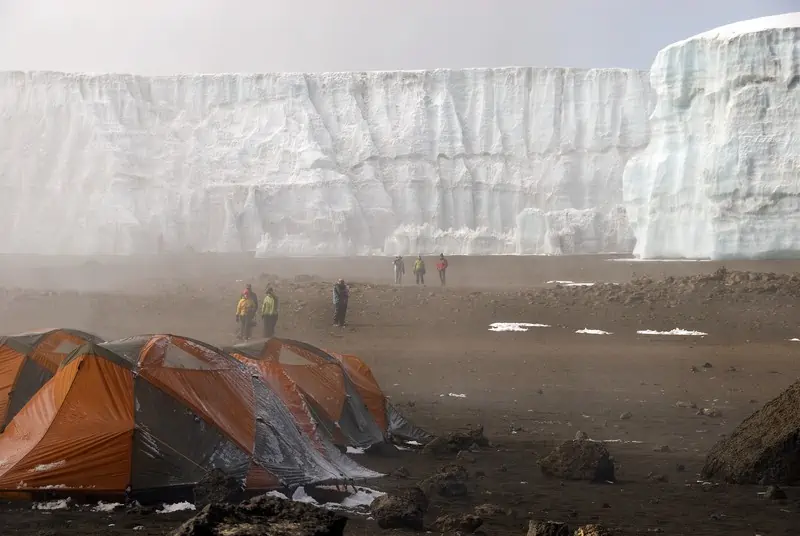
Near the summit, there is a little used campsite known as Crater Camp. At 18,865 feet or 5,750 meters, it is the highest campsite on the mountain.
Climbers who stay here add a day to their itineraries. But in exchange they have the opportunity to explore one of Kilimanjaro’s last remaining glaciers, Furtwangler Glacier. Additionally, they can climb to the crater rim (see #10).
Crater Camp is used on our Lemosho Crater Route and Northern Crater Route.
9. Uhuru Peak
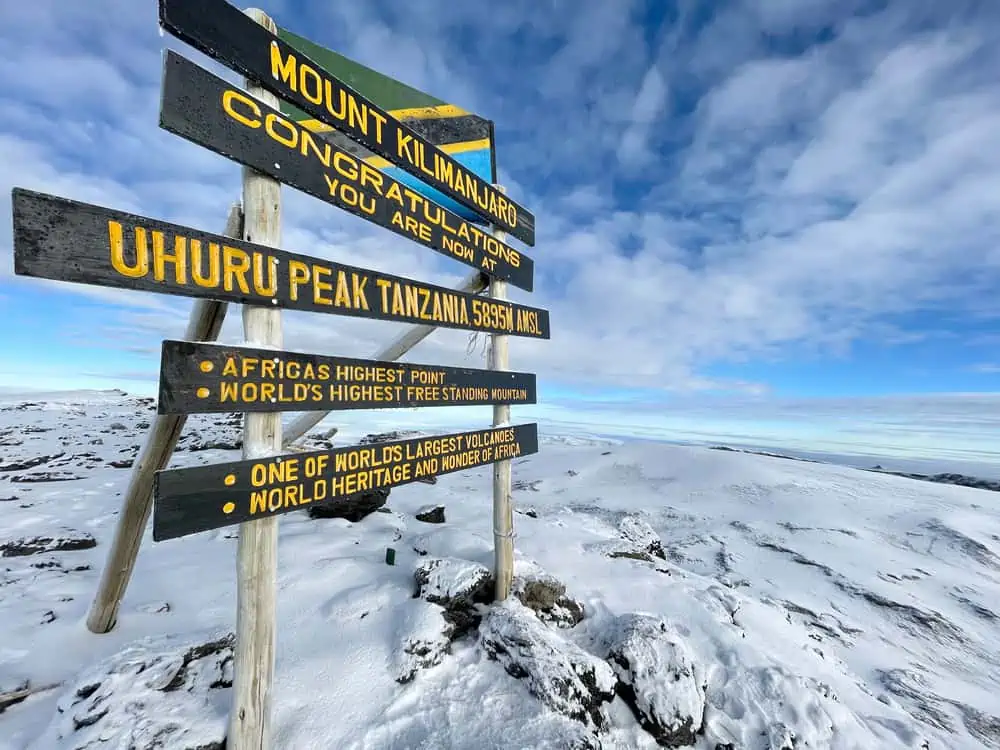
Uhuru Peak is the highest point on Mount Kilimanjaro – 19,340 feet or 5,895 meters above sea level. When you see this sign, you know you have finally made it to the top! The word Uhuru means “freedom” in Swahili.
A wooden sign marks the spot for the obligatory summit photograph.
Of course, every route tops out here – on Uhuru Peak.
10. Reusch Crater
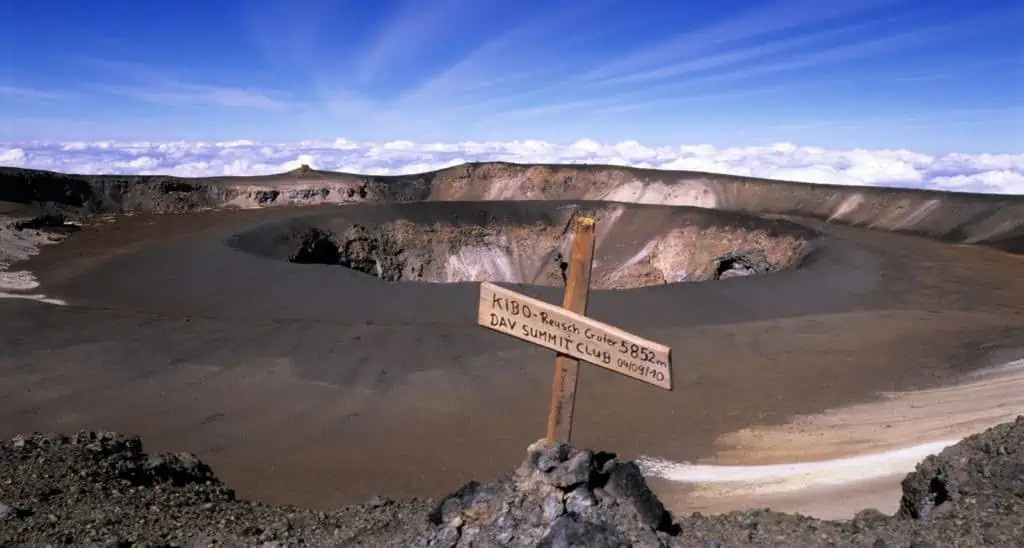
Kibo, the highest of Kilimanjaro’s cones, contains a crater named Reusch Crater. The main crater floor partially collapsed, leaving inner walls on the south side as high as 600 feet or 180 metres. The Ash Pit lies within the Reusch Crater.
Scientists estimate that the last time Kibo erupted was 360,000 years ago. The volcano is dormant – and may erupt again.
You have the option to see Reusch Crater on our Lemosho Crater Route and Northern Crater Route. From Crater Camp, it is a one hour hike to the crater.
See What Gear Do I Need to Climb Kilimanjaro? | Ultimate Kilimanjaro
BONUS: From the Sky
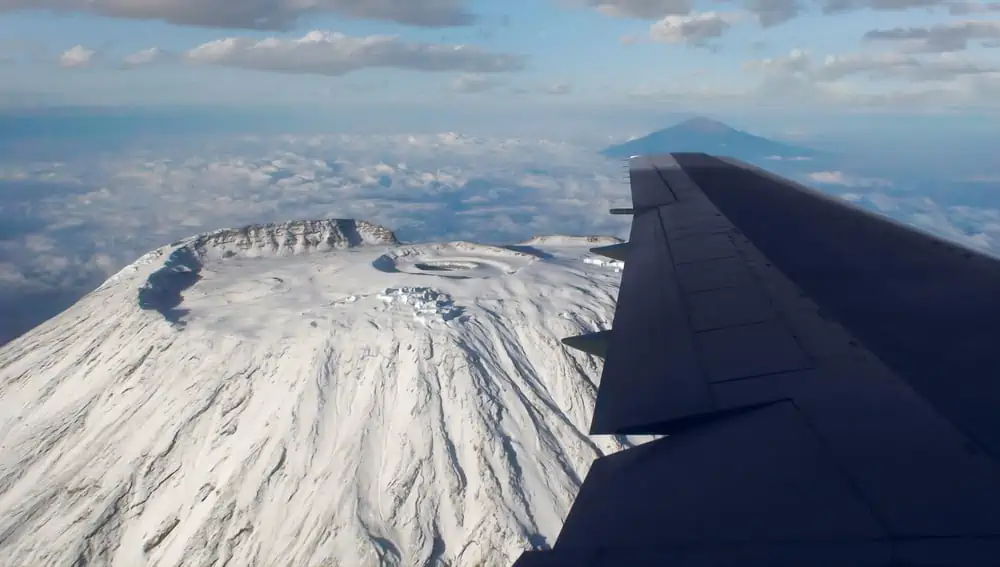
This shot isn’t accessible on the mountain itself. But if you’re lucky enough, you might get a close view of Kilimanjaro from the sky. Keep that window shade open and be ready to snap an epic shot.
The sheer magnitude of what you have accomplished will be apparent when seen from an airplane. You should be able to spot the Uhuru Peak sign, the Southern and Northern glaciers, Reusch Crater and the Ash Pit.

